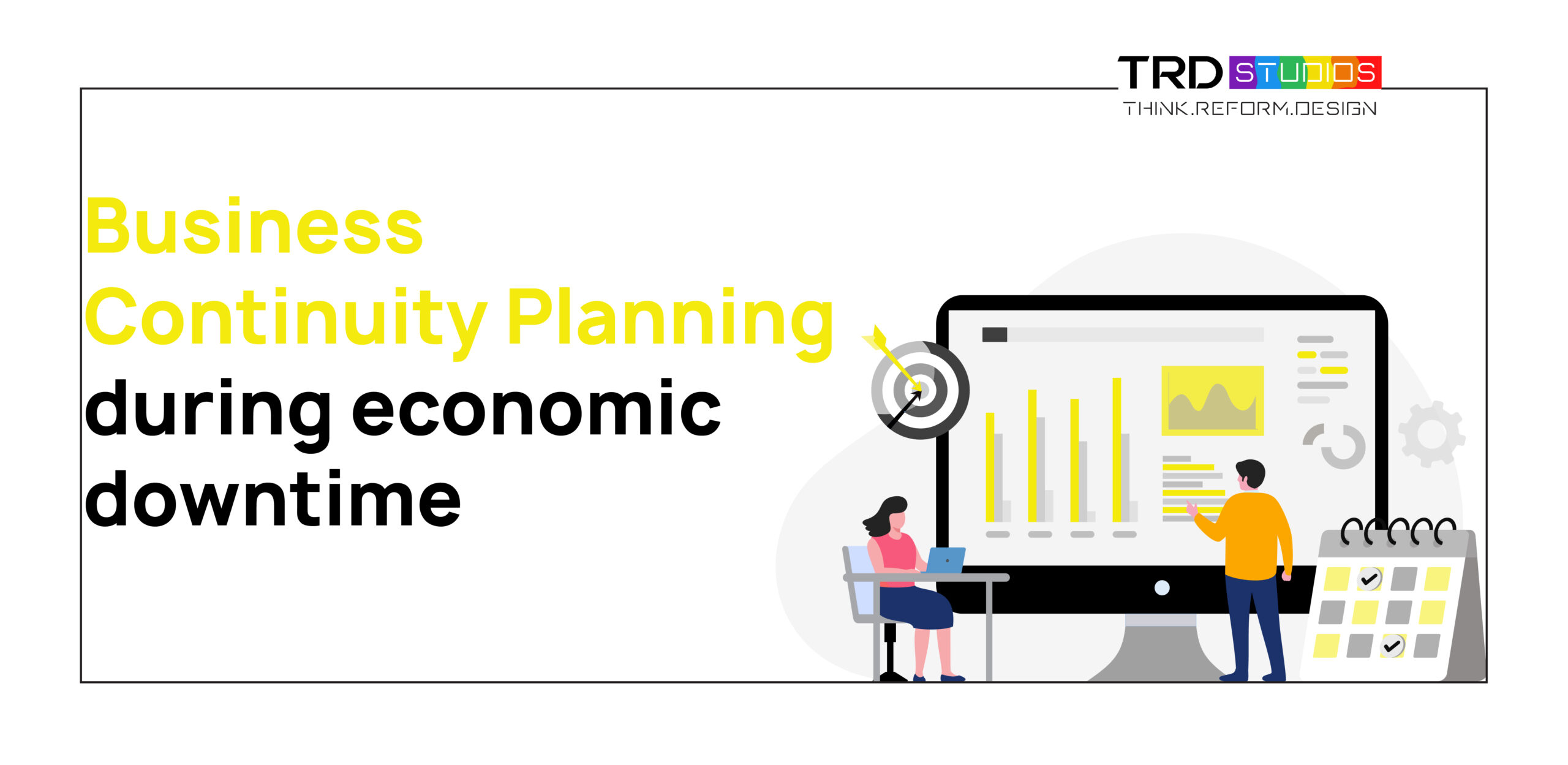Brand Building is an intrinsic part of both personal and business development. Going in for a good brand strategy company in Hyderabad could help you in formulating a well-thought-out strategy that will make the utmost impact.
Brand building strives to increase the voice and consumer awareness of the brand. It also emphasizes its identity and worth. The advent of platforms that are interactive in nature has leveled the playing field, and small businesses need not live in the shadow of the behemoths any longer.
To help overcome the hurdles faced by a small business, TRD Studios, which is a brand strategy company in Hyderabad can help you come up with a customized branding strategy. With years of experience and being a top brand service company in Hyderabad, we are sure to fit the bill for meeting your branding requirements.
These platforms allow businesses to enhance their brand awareness and equity. If you have been contemplating and awaiting an opportunity to build a personal or business brand, it is vital to consider the time and resources that need to be poured into the brand-building exercise.
As we elaborate further on the brand-building exercise, we shall also take a look at the various types of branding and what it takes to successfully create a brand.
What Is Brand Building?
There is no existing definition that encompasses the entire essence of brand building. It wouldn’t be too farfetched to say that it is a general assumption among people that brand building is all about communicating about your brand and garnering attention for it.
While this is true, that is just one aspect of brand building. The best way it can be defined is that it is a process of creating value for your consumers. It traverses all that consumers are aware of, feel and experience regarding your business in its entirety.
So, which kinds of branding would you consider doing? There are many types of branding that you could explore in-depth. Here are the most predominant ones you need to know:
- Personal Branding
- Product Branding
- Service Branding
- Retail Branding
- Corporate Branding
- Online Branding
- Offline Branding
We’ll break these down for you so you can see how they work, how they can work with each other, and work for your unique brand. Engaging a brand strategy company in Hyderabad like TRD Studios will aid you in understanding what kind of branding would be apt for you.
1. Personal Branding:
It may appear strange to think of a person as being associated with branding. After all, people are not products, and they have distinctive inborn personalities that cannot be cultivated.
That is very much true. But when we talk about personal branding, we are not referring to talking about creating a personality so much as a public persona that communicates your unique personality to the world.
Personal branding happens during instances of face-to-face interactions and social media. These interactions have an elemental impact on your professional and social image – in ways that can be either good or detrimental.
2. Product Branding:
Product branding is when you look to specifically brand a particular product. Just as is the case with personal branding, product branding also involves cultivating an aesthetic for itself and shapes how the world perceives your product through those aesthetic choices.
The main goal of product branding is to connect the relevant audience to your product.
3. Service Branding:
Products, unlike services, are relatively easy to brand in ways that are visible and tangible. Services though a little more challenging to brand, can be done effectively. There just needs to be a willingness to think outside the box.
Service branding usually takes on the form of extras. As it would be in the case of a hotel that offers free cookies at the concierge desk.
Service branding may also manifest itself in the form of things done differently from the competition. An example would be a cable company connecting its customers with customer service in the form of humans rather than a series of automated prompts.
The takeaway here is that by providing these little extras, you are encouraging your customers to have a positive perception of your brand and associate quality user experience with you that will keep them coming back to have that experience again.
4. Retail Branding:
When you walk into a brick-and-mortar store, you will notice that its physical appearance has a look and feel that reflects the individual brand. What you see is retail branding in action.
Deliberate aesthetic choices such as layout, light fixtures around the outlet, music being played, down to the type of flooring all reflect the brand and the experience you wish the shopper to relate with.
With the advent of e-commerce, retail branding is even more critical for any business operating out of a physical location. A good retail experience will keep drawing the shoppers in for something that cannot be replicated while shopping online.
5. Corporate Branding:
If a company were a person, its personality would be expressed through corporate branding. Much like the other kinds of branding, corporate branding involves a series of choices centered around design and the actions that communicate the brand in a nutshell.
It goes beyond website design, logos, and ads and extends to how they respond to current events and changing trends. Even the company’s recruiting efforts and company culture become a part of its brand.
6. Online Branding:
Unlike the specific nature of personal or product branding, online branding is a category that involves any type of branding that happens on the internet.
It ranges from how individuals share glimpses of themselves on social media to the design choices that go into landing pages, web design, and even email newsletters.
Brands maintaining both a brick-and-mortar and digital presence, effective online branding is an aspect that can be seen as an extension of offline branding activities.
The digital persona of a brand should ideally mimic that of its physical store, and this keeps its offline and online ambiance in sync.
Online branding needs to be part of any branding strategy, and the key is making sure it fits like a glove with your broader brand identity.
7. Offline branding
Offline branding obviously refers to any branding activities that happen off the internet. Personal branding that you would bring to a client meeting is an example of offline branding, as is retail branding.
It can extend to your choice of venue for meeting clients, your wardrobe, the selection of company cars, and even the equipment brands used at your office.
Effective Brand Building Strategies:
Brand-building strategies are necessary when you decide to consider starting your own business as it helps to generate awareness and promotes your company. It also helps enhance brand equity.
There are specific processes that will aid you in building your brand effortlessly. You can find listed here some strategies that will give you a leg up in helping to grow your business. Look no further than TRD Studios, which provides excellent brand strategy service in Hyderabad.
1: Focus on Generating Value for People:
It is commonly known that people are likely to forget what you said or did, but they will most likely remember how you made them feel.
Trust has always been an important currency, and your client must get vibes from you that portray you as a genuine and capable person. Therefore, it is always imperative to generate value for others, and the customers will respond in kind with their loyalty.
2: Focus On Testimonies:
Sourcing testimonies is a vital strategy for brand building. This is important as people ideally research a company before dealing with them. And this has been made even easier since the emergence of the internet.
Making sure people have only good things to say about you and providing testimonials to that effect will help your business to no end. So be sure to procure and leverage those positive testimonials and use the inevitable negative opinion to reach out to the people sharing them to learn from them what went wrong and how they would like you to improve.
This way, you would succeed in spinning the negative situation into a positive.
3: Identify Possible Clients:
In order to progress from a nascent to a strong brand, identifying and appealing to your demographic is vital. Even the seemingly insignificant details such as age, geographical location, likes, dislikes, and even their favorite TV shows will help you analyze and comprehend the client before approaching a sales pitch.
4: Create Emotive Appeal:
Using emotive appeal as a tool is a surefire way to land clients and customers. Buying products is a decision mostly rooted in the emotional nature of humans. After all, who can claim never to have made an impulsive purchase based on their need, real or perceived at that time?
5: Be Authentic
Being authentic is a helpful trait to have. Never try and be something you are not. People are intuitive and can see through a gesture that is not genuine.
Being who you are always will help you land those clients. Your visual representation should be a reflection of who you are in flesh and blood. Doing so will reflect positively on you, and this will boost the client’s confidence in you.
Conclusion
When it comes to strategizing for brand-building activities, people may resort to a cocktail of different activities. Some may work, and others may appear promising but may turn out to be not so effective.
It would augur well if you look to tailor-make a strategy depending on the situation and the customer involved rather than approach the need for a strategy with a one-size-fits-all solution.
With the guidance gained from this post from the brand-building strategies stated, you should be able to attract and supplement your pond of clients.




